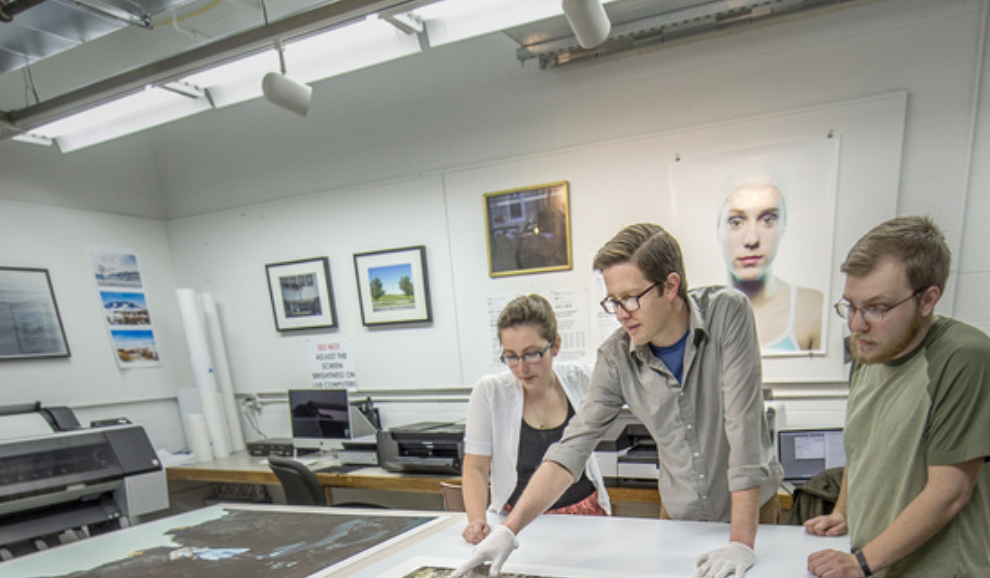Work-study initiatives are educational programs designed to provide students with real-world industry experience as well as instructional material. These programs are incredibly successful in providing students with a pathway into the workforce whether the student wishes to work before attending university or has no plans for further education.
Westlake has one of the strongest programs in the region run by Mr.Patton. The aim is to give students the ability to be able to choose what they want for themselves. Students spend a portion of their time in high school, learning and earning their credits, and another portion under the supervision of their workplace supervisors.
The program is very effective in allowing students who may be behind in their credits to graduate on time. Even students who may not wish to graduate are incentivized to do so because they can earn wages while earning their degree. This further helps students because on average people with a high school diploma earn 32,046 dollars annually, while those without a diploma earn 24,237 dollars annually according to the U.S. Career Institute.
But even though the work-study program has historically been incredibly successful, the number of schools in Ohio that offer the program has decreased significantly, further lowering the average graduation rates of the state. The programs in general have been discontinued due to lack of funding and prioritization. This has been occurring partially because there has been a larger push for schools to encourage students to attend universities over heading straight into the workforce.
However, attending college has increasingly become less valuable. The cost of attendance has risen tremendously while wages have remained stagnant. The Ohio Attorney General states that in Ohio, 62 percent of students graduate with an average debt of 30,629 dollars and the Federal Reserve states that on average, for every 1,000 dollars of student debt an individual has, the date of homeownership is pushed back by two and a half months.
In an economy where young people are increasingly unable to achieve their financial goals with a college degree, students must consider what value the workforce provides and whether it may be a wiser choice for their futures.
Therefore, a greater number of work-study programs across the state need to be reinstated because they offer students key pathways to successful futures.











